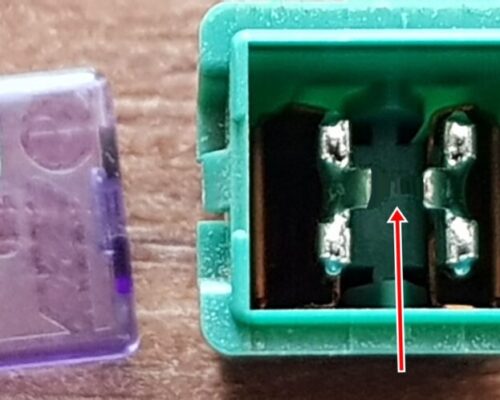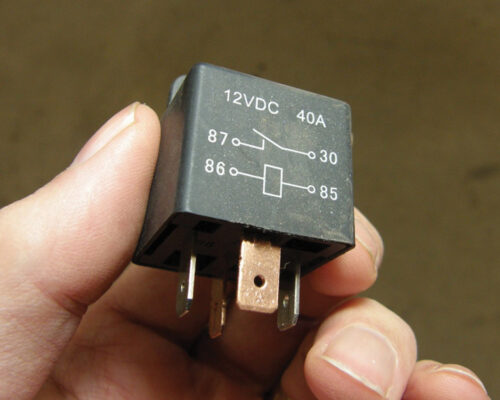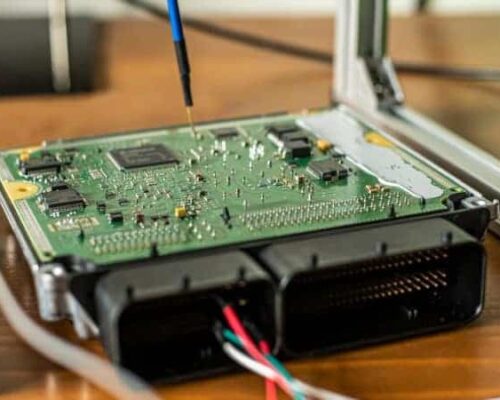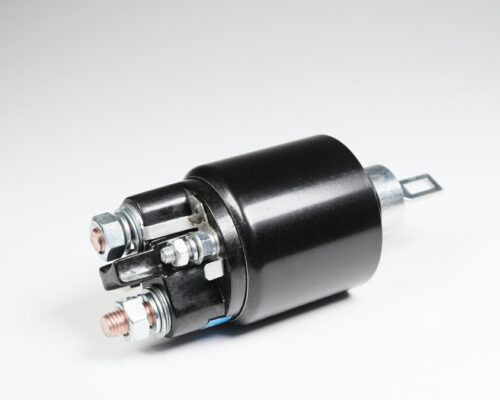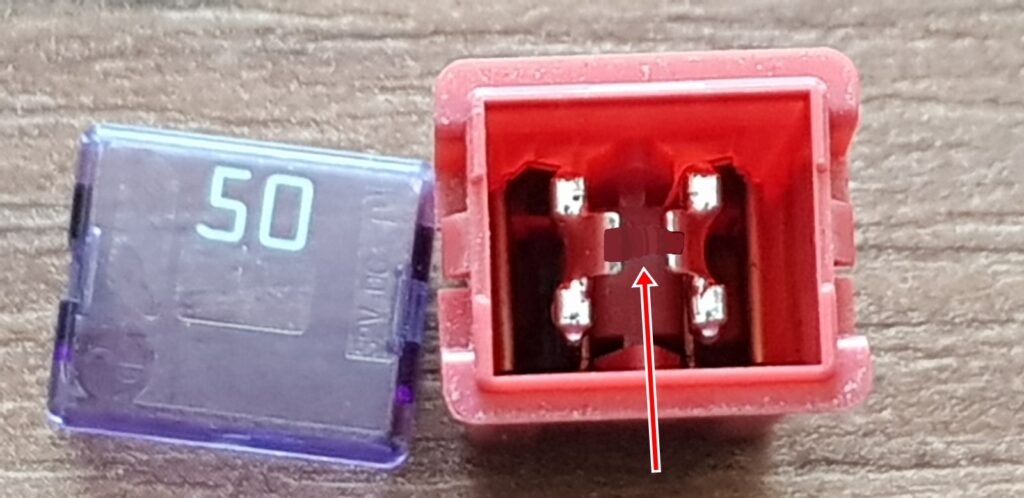
What Does a Blown 50 Amp Fuse Look Like?
If you’re like most people, you probably don’t know what a blown 50 amp fuse looks like. And that’s okay! Unless you’re an electrician or someone who works with electrical systems on a regular basis, there’s no need to know what this type of fuse looks like.
However, if you are an electrician or work with electrical systems, it’s important to be able to identify a blown 50 amp fuse. Here’s what you need to know.
If you’re like most people, you probably don’t know what a blown 50 amp fuse looks like. And that’s okay! Unless you’re an electrician or someone who works with electrical systems on a regular basis, there’s no need to know what this particular type of fuse looks like.
However, if you find yourself in the situation where you have to replace a blown 50 amp fuse, it’s important to know what to look for.
Generally speaking, a blown 50 amp fuse will look burnt or blackened on the inside. If you can see through the glass of the fuse, you’ll likely notice that the wire inside is broken or charred.
This is an indication that the fuse has blown and needs to be replaced.
If you’re not sure whether or not a fuse is blown, it’s always best to err on the side of caution and replace it. Fuses are designed to protect your electrical system from damage, so it’s better to be safe than sorry!
What Does a Blown Fuse Look Like – Troubleshooting – Bad Fuse vs Good Fuse
How Can You Tell If a 50A Fuse is Blown?
There are a few ways that you can tell if a 50a fuse is blown. The first way is to check the continuity of the fuse with a multimeter. If there is no continuity, then the fuse is blown.
Another way to tell if a fuse is blown is by looking at it. If the metal strip inside the fuse is broken, then the fuse is blown. Finally, you can also tell if a fuse is blown by the presence of soot on or around the fuse.
If there is soot, then it means that the current flowing through the fuse was too high and caused the wire to overheat and burn up, which in turn blew the fuse.
How Do You Test a 50 Amp Fuse?
When testing a 50 amp fuse, you will need to use a specialised tester designed for high amperage circuits. You can purchase these testers at most hardware stores.
To test the fuse, follow these steps:
1. Connect the tester to the circuit and turn it on.
2. Touch the end of the tester probe to one end of the fuse.
3. Touch the other end of the probe to the other end of the fuse.
4. If the light on the tester illuminates, then the fuse is good.
What Does a Fuse Look Like When It Blows?
When a fuse blows, it will appear to be burnt out or melted. This is because the electrical current running through the fuse has caused it to heat up and break.
How Can You Tell If a Fuse is Blown in a Fuse Box?
If a fuse is blown in a fuse box, there are a few things you can check to be sure. First, check to see if the fuse has been burned through. If so, then it will need to be replaced.
Another way to tell if a fuse is blown is by checking the voltage across it with a voltmeter. If there is no voltage present, then the fuse is most likely blown.

Credit: rxmechanic.com
How to Tell If a Fuse is Blown Without a Multimeter
No matter what kind of electrical work you’re doing, it’s important to be able to identify a blown fuse. A blown fuse can cause all sorts of problems and can be dangerous if not dealt with properly. The good news is that there are a few ways that you can tell if a fuse is blown without having to use a multimeter.
One way to tell if a fuse is blown is by looking at it. If the metal strip inside the fuse looks burned or broken, then it’s most likely blown. Another way to tell is by feeling the fuse.
If it feels hot to the touch, then it’s probablyblown.
If you don’t have a multimeter and you suspect that a fuse might be blown, the best thing to do is replace it with a new one. It’s always better to be safe than sorry when dealing with electricity!
Fuse Burnt But Not Blown
If you have ever experienced a blown fuse, then you know the frustration that comes along with it. Fuses are designed to protect your electrical system from overload and prevent fires from starting. When a fuse blows, it interrupts the flow of electricity and needs to be replaced before power can be restored.
But what if you find a fuse that has been burnt but not blown? This is actually a fairly common occurrence and there are a few things that could be causing it.
One possibility is that the circuit breaker was tripped.
Circuit breakers are designed to trip when they sense an overcurrent condition in order to protect the circuit from damage. If this is the case, simply resetting the breaker should restore power to the circuit.
Another possibility is that there is a loose connection somewhere in the circuit.
This can cause excessive resistance which generates heat, potentially damaging wires and causing fuses to burn but not blow. Tightening any loose connections should resolve this issue.
If you find a burnt but not blown fuse, it’s important to determine what caused it so that you can take steps to prevent it from happening again in the future.
How to Tell If Fuse is Blown in Circuit Breaker
When a fuse blows in a circuit breaker, it’s usually because there’s too much current flowing through the circuit. This can happen if you have too many appliances or lights plugged into the circuit, or if one of the appliances is drawing too much power.
If you suspect that a fuse has blown in your circuit breaker, the first thing to do is unplug all appliances and lights from the circuit.
Then, check the breaker itself to see if the fuse has blown. If so, replace it with a new one and plug everything back in.
Conclusion
A blown 50 amp fuse looks like a small, round disc that has been burned or melted. The center of the fuse will be blackened and there may be some smoke damage around the edges. If you suspect that a fuse has blown, it is best to replace it with a new one as soon as possible.




